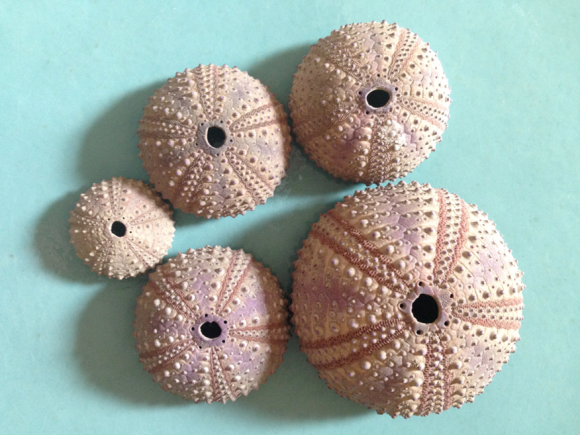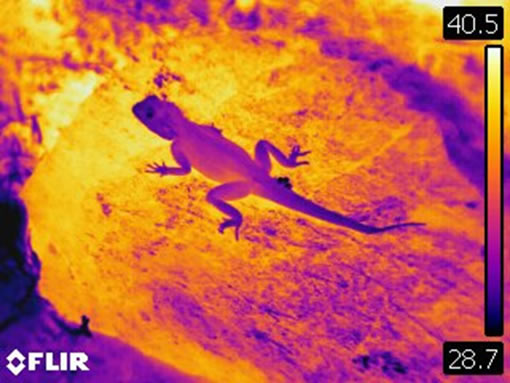5 September 2016 | By Tammy Robinson-Smythe
The ability of an invasive barnacle to use available food resources shows likely spread along the South coast of South Africa. These findings come from work by Haley Pope (Former C·I·B student) and Tammy Robinson and Mhairi Alexander of the C·I·B.
Many invasive species are capable of using resources better than native species within their invaded ranges. If this is the case for the invasive acorn barnacle (Balanus glandula) in South Africa, it could have important implications for future spread. The species, currently the dominant barnacle on the West coast and a new invader of the South coast, has had notable impacts on invaded intertidal communities.

To compare the food uptake between the invader and the native white dwarf barnacle, Notomegabalanus algicola, filtration and feeding behaviour were measured under different water temperatures and food concentrations that mimic the two invaded coasts.
Pope and co-authors found that, the acorn barnacle demonstrated a greater resource use than the native species regardless of water temperature or food concentration. This finding indicates that the invasive barnacles have an advantage under both West and South coast conditions, which may contribute to their spread along the newly invaded South coast.
“Our findings were very surprising as we were not expecting this temperate barnacle species to display greater resource use under conditions mimicking the warmer, less productive South coast,” explains Haley Pope. “It was interesting to see that the invader exhibited a higher relative food uptake than the native barnacle, a species normally found along the South coast. This gives credence to the invasive nature of the acorn barnacle in South Africa and suggests that it is a species that should be watched into the future.”
Continual monitoring of this invasive barnacle is vital to determine if the species will become established along the South coast and if so, what impacts it may have on the intertidal community.
Read the paper in Journal of Experimental Marine Biology and Ecology
Pope HR, Alexander ME, Robinson, TB. 2016. Filtration, feeding behaviour and their implications for future spread: A comparison of an invasive and native barnacle in South Africa. Journal of Experimental Marine Biology and Ecology, 479: 54-59. http://dx.doi.org/10.1016/j.jembe.2016.02.010
For more information, contact Tammy Robinson at trobins@sun.ac.za



